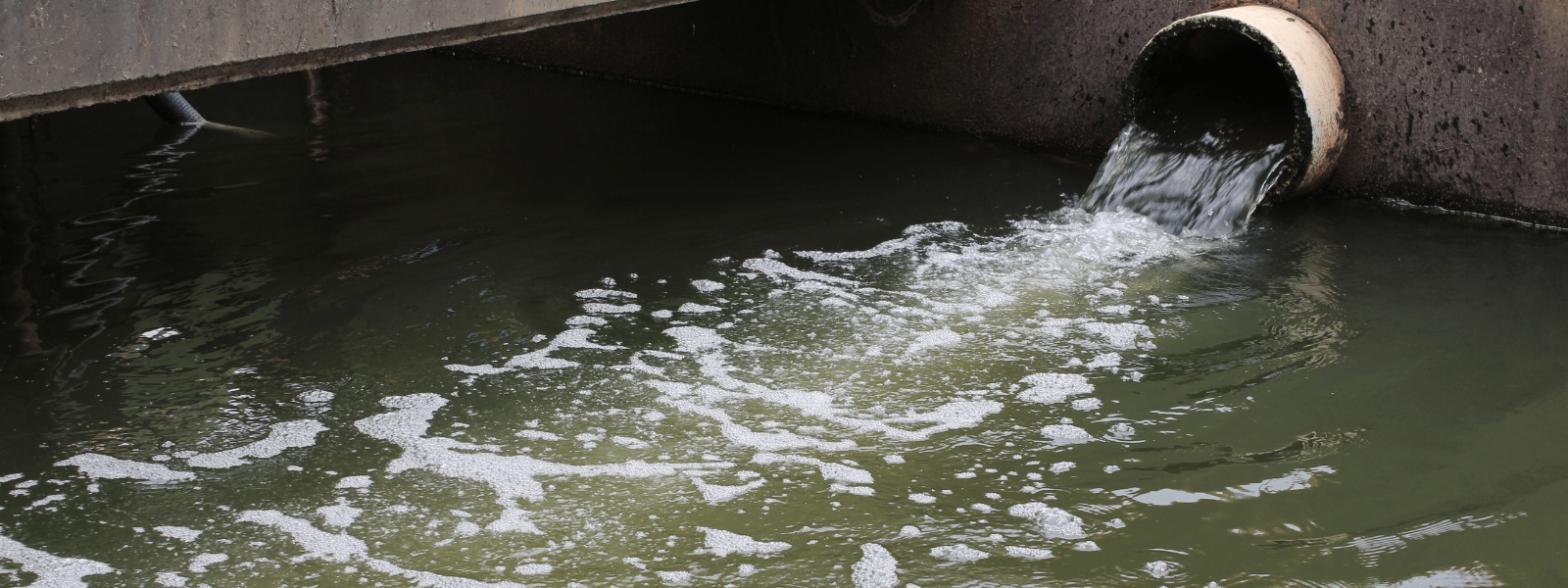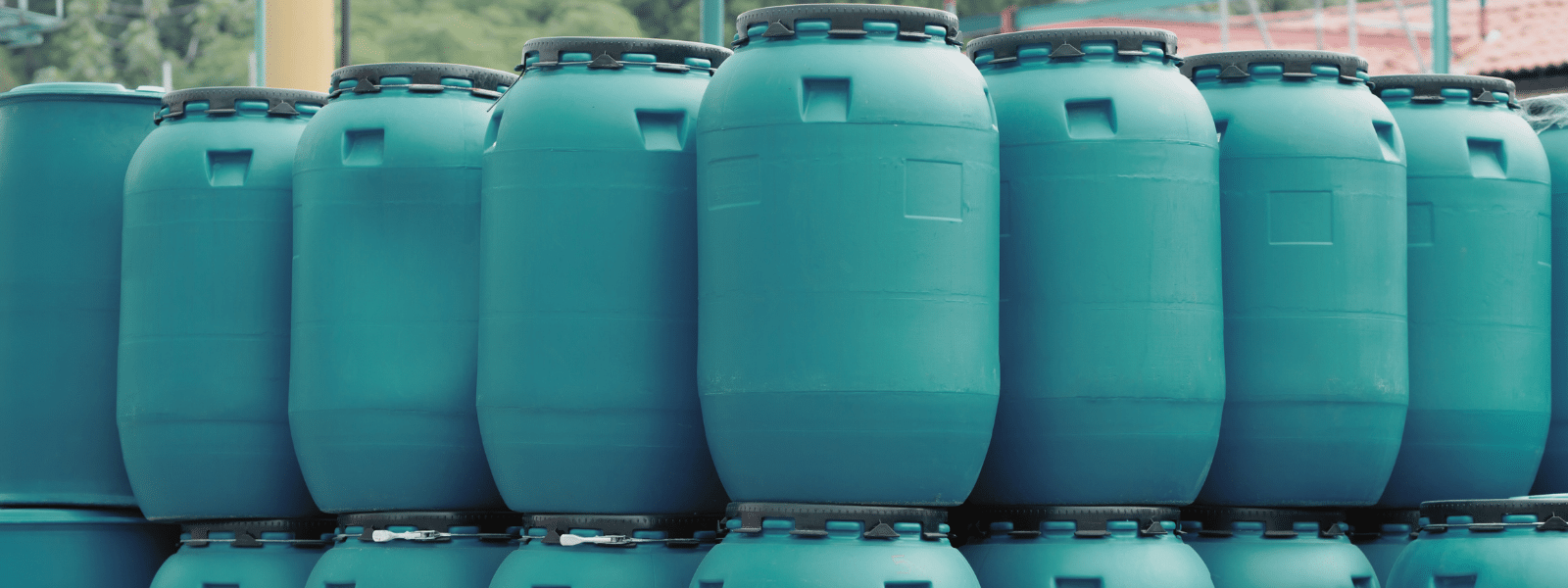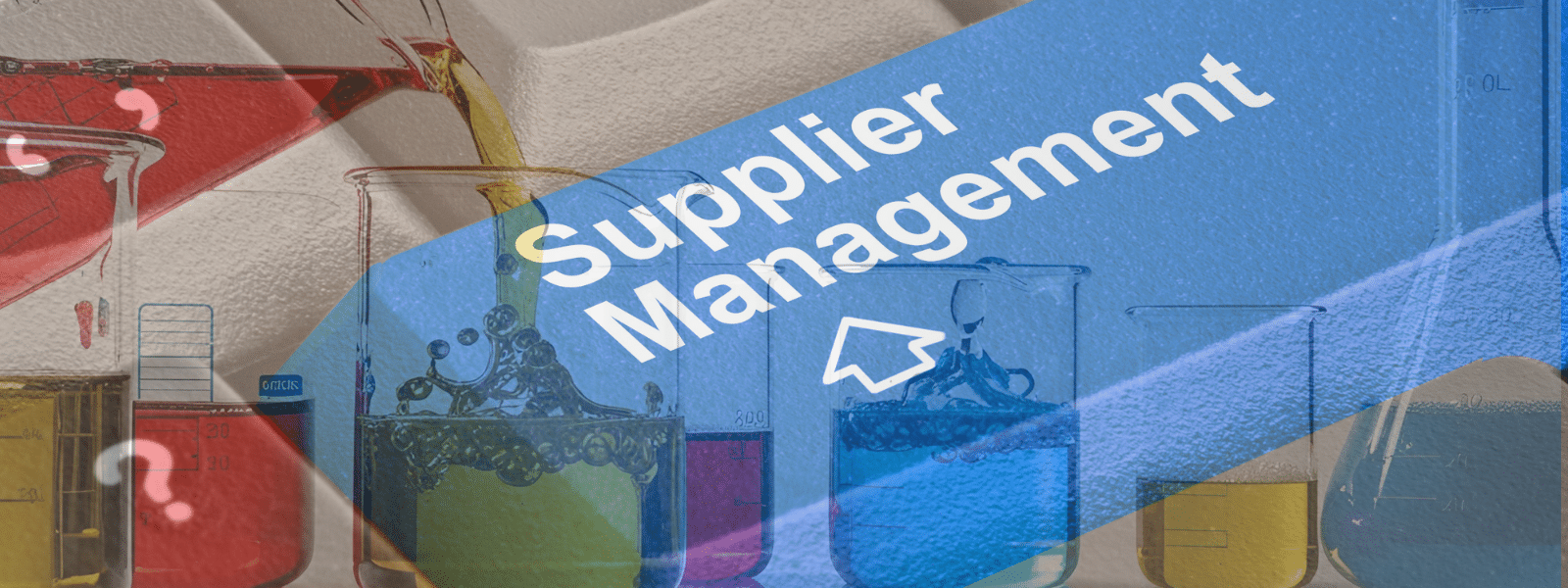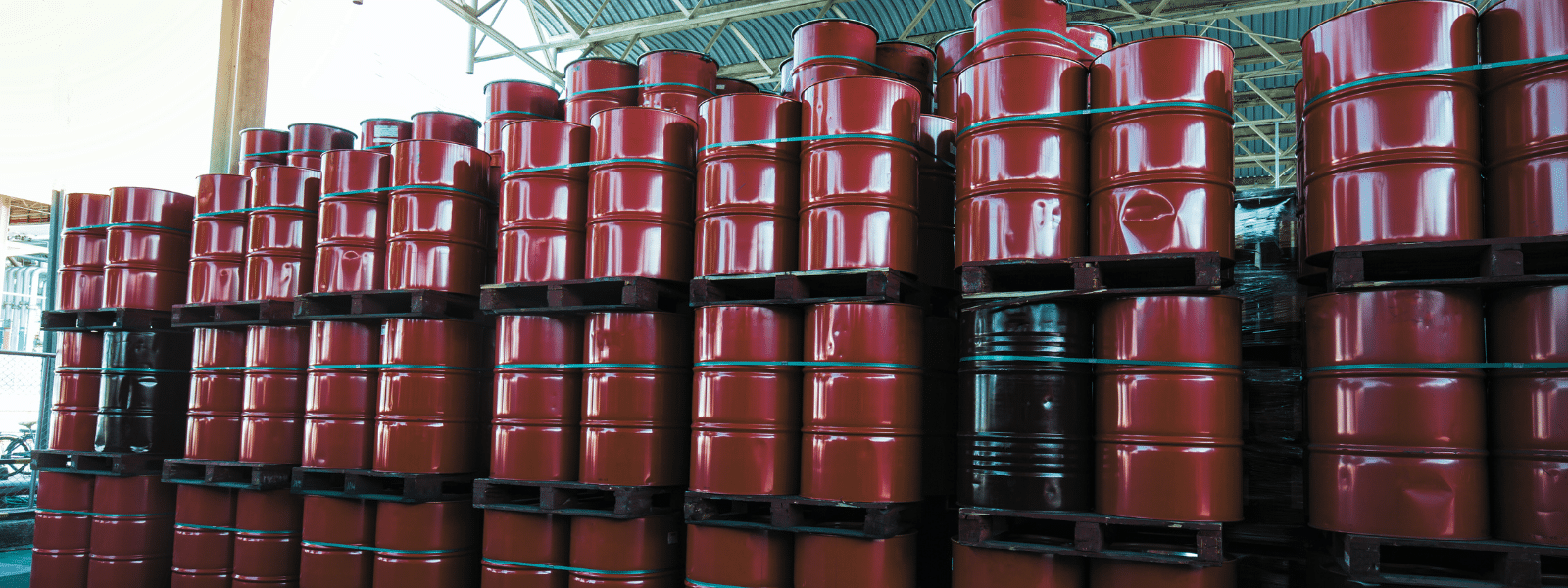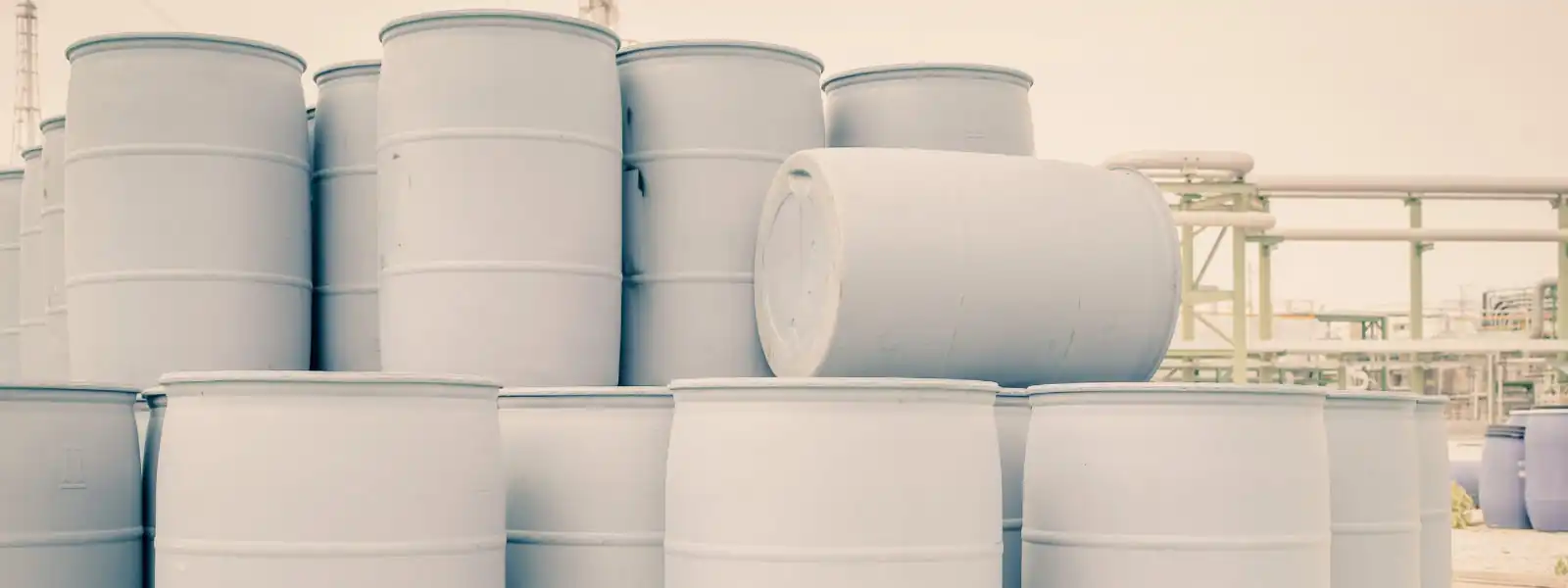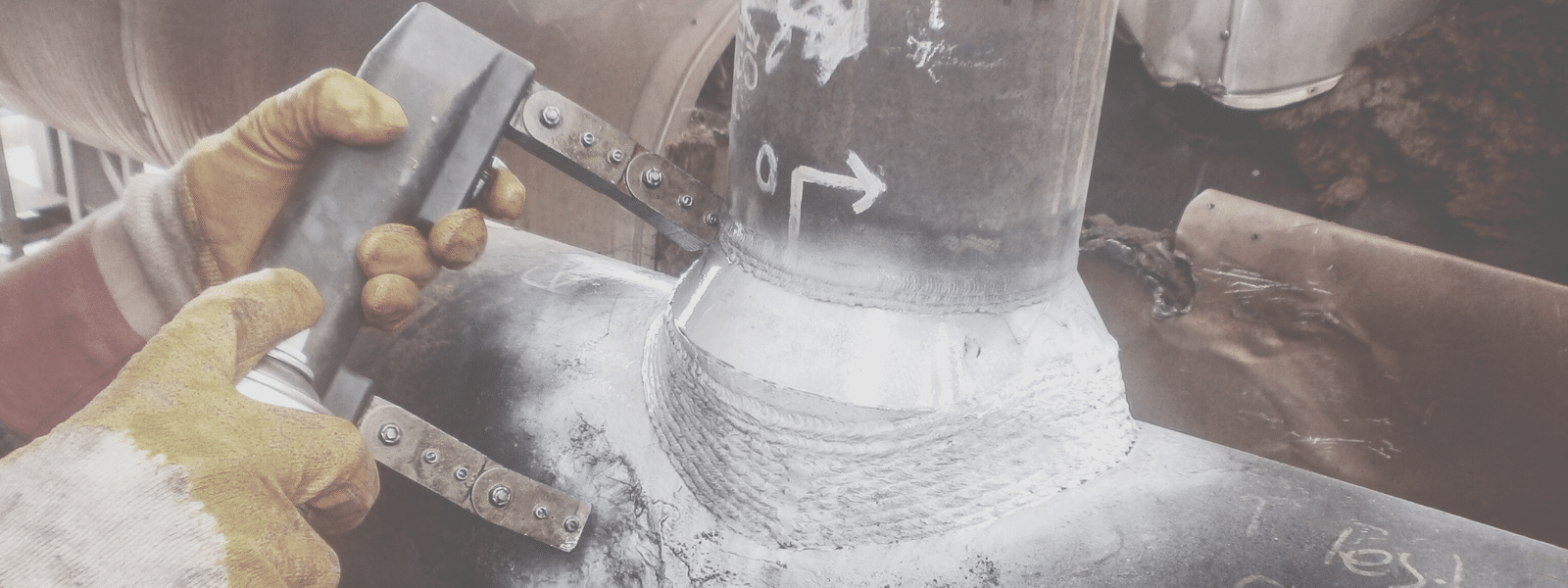Biofouling is the buildup of organic materials, typically small plants, microorganisms, or algae on submerged mechanical equipment. Biofilm, more specifically, is a thin slimy layer of bacteria that adheres to any surface but can appear in the same situations prone to biofouling.
In industrial settings, it is important to control biofouling, as it can often decrease the efficiency of a system by clogging holes or reducing potential water flow.
Luckily, biofouling isn’t permanent and can be removed using either physical or chemical cleaning methods—or a combination of both. If you do find yourself with a fouling problem, then read on to learn about the best biofilm treatment methods.
Membrane Cleaning: Physical
Physical methods of removing biofouling and biofilm include:
Hydraulic Cleaning: A common technique where water is flushed forwards and backwards through the system under extreme pressure to loosen scum.
Pneumatic Cleaning: Pneumatic refers to the use of air, including, air lifting, air bubbling and air scouring, all of which use pressurized air to knock off material.
Ultrasound: Exposing the system to ultrasound can create cavities in the fouling material and disrupt the microorganisms, causing layers of the material to fall off.
Electric Field Therapy: While also a method of preventing biomass from accumulating, exposing the system to electric fields may remove some of the gathered microorganisms.
Membrane Cleaning: Chemical
Utilizing a chemical method of cleaning typically involves killing the organisms that are attached to the mechanical surfaces, which will then allow them to be flushed out of the system. The following are examples of chemicals that can be used:
Caustic chemicals – NaOH, KOH, NHOH
Acidic – HCL, HNO3, H2SO4, H3PO4, citric acid, oxalic acid
Surfactants (detergents) – alkyl sulphate, cetyl trimethyl ammonium bromide, sodium dodecyl sulphate
Oxidants (disinfectants) – NaOCl, H2O2, KMnO4
Cleaning blends – Ecolink’s Biofilm Buster
Caustics, acids, and surfactants all work by increasing the solubility of organic chemicals found in most biofouling organisms, thus making them less “sticky” and allowing the water flowing through the system to capture and remove them.
Other chemicals work by decreasing the electric attraction between the organic chemicals in the organisms, or by simply killing the organisms, causing them to release their hold from the system’s membranes. Surfactants, or detergents, are particularly important for biofilm treatment because they work to disrupt the attraction between the surface of the system and the organisms in the water directly next to them.
Determining how well any of these methods work is done by measuring the difference in water flow through the impacted system. A combination of physical and chemical treatments is often needed.
Need Industrial-Grade Chemicals for Biofouling and Biofilm Treatment?
If you need help figuring out the best chemical approach to biofilm treatment, Ecolink is happy to connect with you. Our range of available chemicals and staff of knowledgeable experts will get your system back up and running at high capacity.
Reach out to us today to receive a free quote and consultation session!





